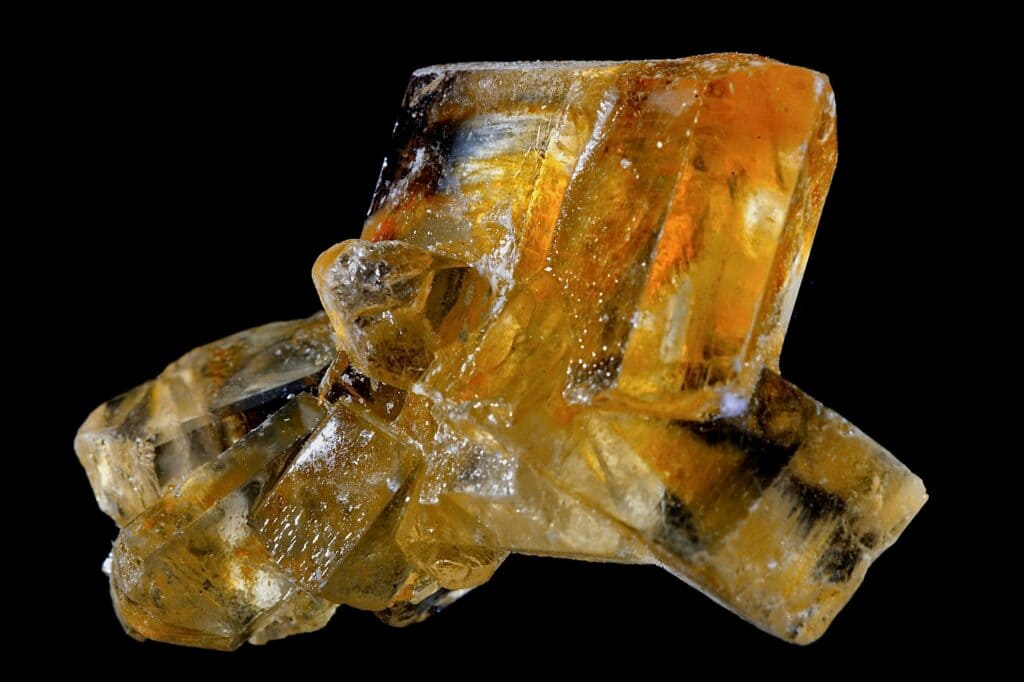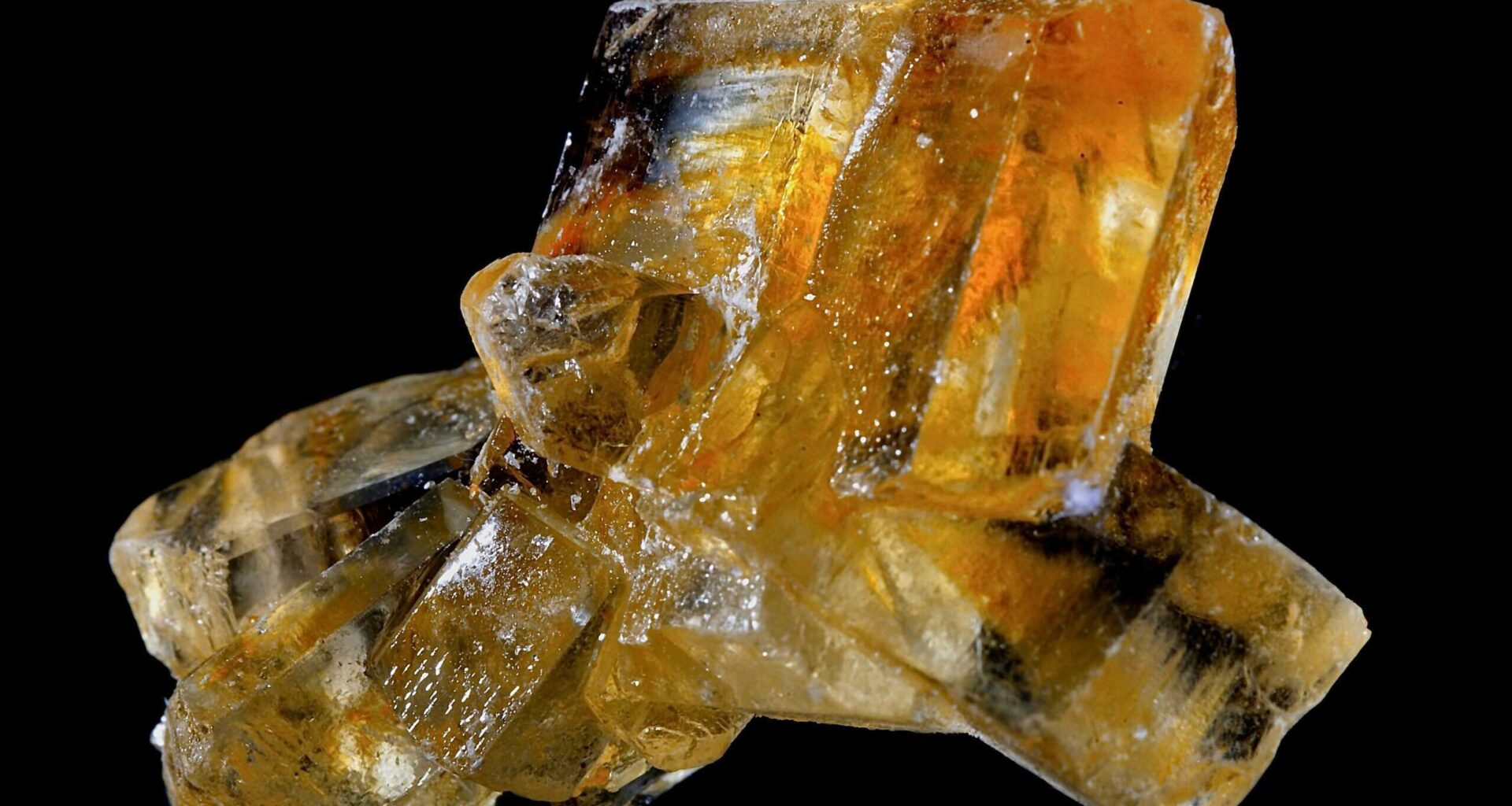 Crystals, mainly sugar, in a dried Coca Cola droplet, taken with a microscope using cross polarization. Credit: Wikimedia Commons
Crystals, mainly sugar, in a dried Coca Cola droplet, taken with a microscope using cross polarization. Credit: Wikimedia Commons
Dark matter remains one of the most mysterious substances in the universe. We can’t see it, but we know it’s out there, influencing the motion of galaxies and stars. Yet, despite decades of searching, scientists have found little evidence of dark matter particles.
Now, researchers at the Max Planck Institute for Physics in Munich, Germany, are trying a different and more unconventional route. They’ve turned to sugar crystals as a potential detector for dark matter. The idea is to use sucrose crystals to hunt for the elusive particles that make up dark matter. Though they haven’t succeeded so far, the idea seems weirdly promising.
Rethinking Dark Matter Detection
For decades, astronomers have been haunted by a cosmic imbalance. The stars we see, the galaxies we map, and the planets we know account for only about 15% of the total matter in the universe. The other 85% is an invisible, unknown substance dubbed “dark matter.” We know it exists because we can see its gravity bending starlight and holding spinning galaxies together, preventing them from flying apart. But we have no idea what exactly it is.
For years, the leading theory focused on “WIMPs,” or Weakly Interacting Massive Particles. These were hypothesized to be heavy particles, perhaps 100 times heavier than a proton, created during the Big Bang. This theory was so compelling that physicists built massive, billion-dollar detectors to find them. These experiments, often using tonnes of hyper-pure liquid xenon or germanium, were buried deep underground in mines and tunnels to shield them from cosmic rays, all while waiting for the vanishingly rare “bump” of a WIMP striking a nucleus.
It never worked.
After decades of searching, these experiments have found nothing. This led to a crisis in the field and forced researchers to rethink their entire strategy. This “WIMP idea” is fading, and a new paradigm has emerged. If dark matter isn’t a heavy “bowling ball,” perhaps it’s a light “ping-pong ball.”
This is the new idea: light dark matter, a class of particles with masses less than that of a single proton. If you try to detect a light ping-pong ball by seeing it hit a heavy bowling ball (like a xenon nucleus), the bowling ball will barely budge. The energy transfer is so inefficient that the signal is lost in the noise. To “see” the ping-pong ball, you need to hit it against another ping-pong ball.
The SWEET project, based at the Max Planck Institute for Physics, asked a simpler question: What about sugar?.
Still Elusive
 Sugar crystals. Image credits: Andrey Tikhonovskiy.
Sugar crystals. Image credits: Andrey Tikhonovskiy.
Unlike pure hydrogen, which is commonly used in such experiments, sucrose molecules have a higher hydrogen content—22 hydrogen atoms in each molecule. This makes sugar a denser material for dark matter particles to interact with. In simulations, the potential is clear. The SWEET team’s projections show that a sugar-based detector could, in theory, probe for lower-mass dark matter particles than any of the other leading materials being considered.
So then, they started building their sweet detector.
The team carefully grew large crystals of sucrose, cooled them to nearly absolute zero, and attached highly sensitive detectors to capture any potential signals of dark matter interactions.
The team had to first grow a perfect monocrystalline sample. They did this by dissolving commercially available sugar in deionized water to create a supersaturated solution. Over several weeks, as the solution slowly cooled, perfect crystals formed on suspended nylon wires.
After running the experiment for 19 hours, the team proved their concept. The sugar detector successfully registered particle interactions as “normal pulse shapes”. While the test spectrum didn’t show a signal associated with dark matter, the team attributes this to the setup’s location in a surface lab; background radiation that would normally be blocked by a mile of rock in an underground lab was able to penetrate the cryostat’s shielding.
Carlos Blanco, a physicist at Pennsylvania State University, praised the experiment’s sensitivity, noting that even though the results were not what they hoped for, they help refine the method and eliminate some possible sources of error. One such source could be the natural radiation from carbon-14, a common contaminant in sugars. These findings, while negative, are still useful as they provide valuable insights for future experiments.
Looking Ahead
While this experiment didn’t provide the hoped-for breakthrough, it represents an innovative approach to the ongoing search for dark matter. These initial results represent a major step forward, demonstrating the feasibility of an entirely new class of organic detectors.
The use of sucrose crystals in this context opens new possibilities for exploring the lighter end of dark matter particles. The team plans to refine their experiment, using higher-quality sugar crystals and improving the sensitivity of their detectors.
The SWEET project has proven that one of the most common and inexpensive materials on Earth has the potential to solve one of the deepest mysteries of the cosmos. It’s a sweet prospect that gives physicists a powerful new tool in a hunt that is just beginning.
The study was published in arXiv and has not yet been peer-reviewed.
